25 inventions made by the ancient Romans and still popular (26 photos)
The Roman Empire existed from 509 BC. to 27 BC During this time, the Romans created great artistic masterpieces, achieved a lot in science, and also demonstrated to the world a number of technological advances, many of which are still in use today. 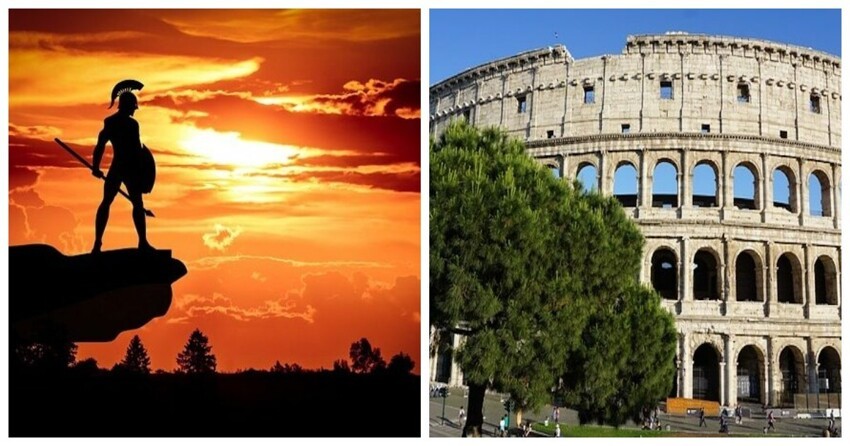
1. Fights as entertainment 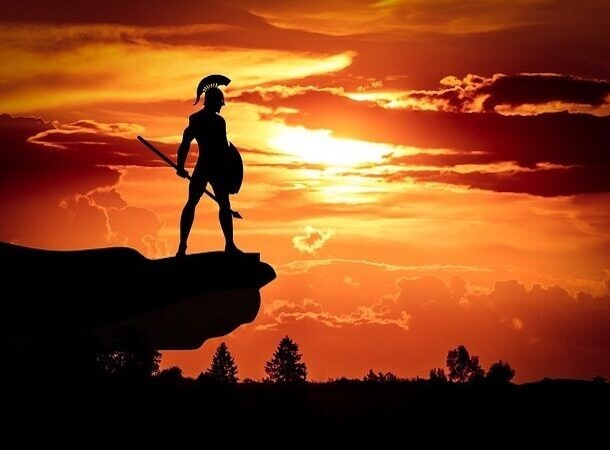
If you like mixed martial arts, boxing or any another sport that combines physical arena wrestling with live audience, you have to thank the ancient Romans. They came up with gladiator fights, one of the most popular forms of entertainment in Ancient Rome. The fighters were trained in combat and were real warriors, there were lots of blood and death. People loved it and they came from all over Rome to watch these games. We are sure that there existed and some form of betting.
2. Surgical instruments 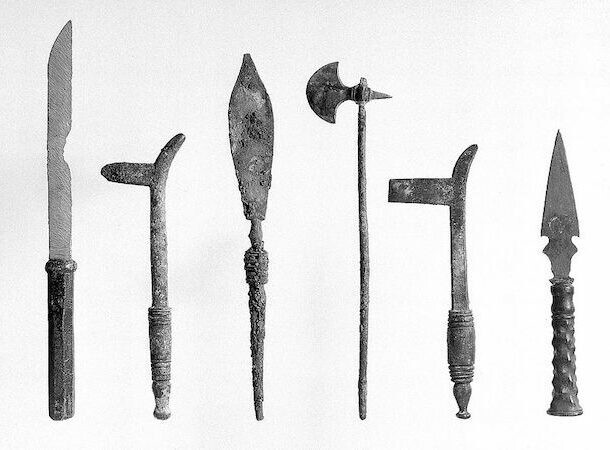
The ancient Romans knew how to make almost all kinds of surgical instruments, including scalpels, forceps and forceps. They have there were even special instruments for amputation and reduction of bones. Surprisingly, many of these tools are still in use today. practically unchanged.
3. Stadiums 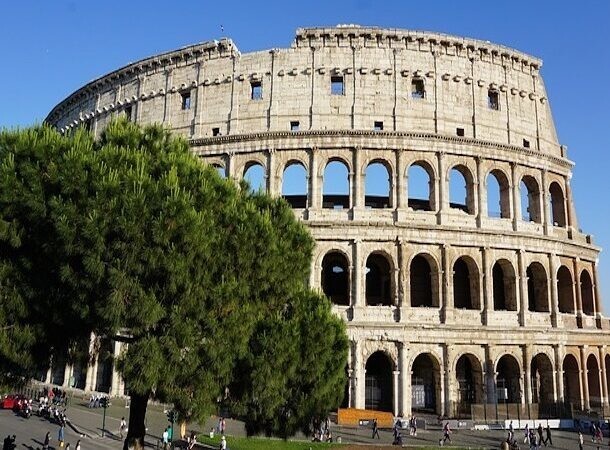
The ancient Romans loved various competitions and took care of is to invent a place for them - a stadium. These were huge open-air spaces where chariot races took place, gladiator fights and even mock sea battles. The stadiums were so popular that they became the center of social life of the Romans.
4. Toga 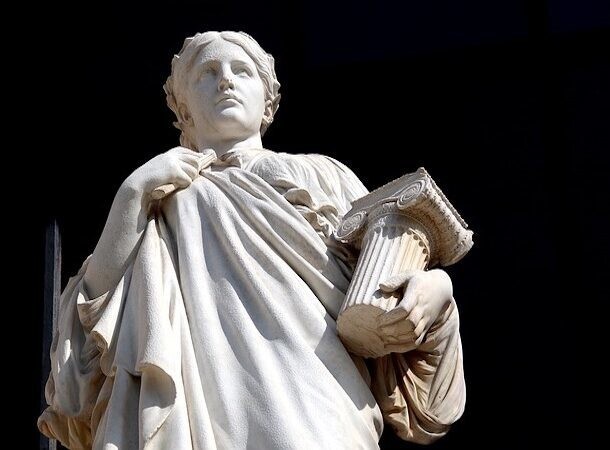
Togas were usually sewn from wool. They were usually worn by men, though There were also female models. Togas are still a well-known style. clothing and is used in various forms - from togo-shaped raincoats to outfits on Halloween.
5. Big bridges 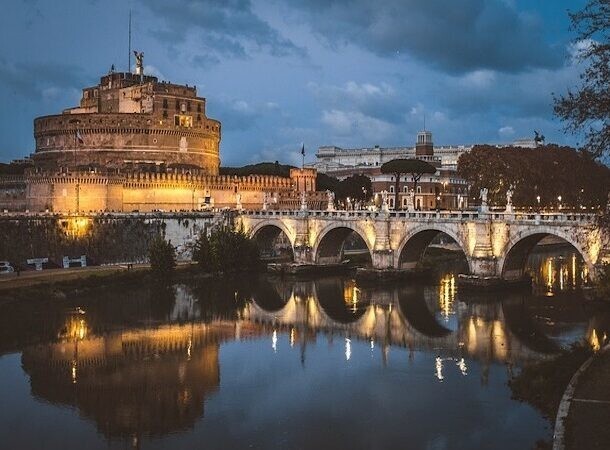
Roman bridges were the safest, strongest and most durable in the ancient world. The Romans developed many different types of bridges using various materials, including concrete, brick and stone. Among the designs they invented are arched bridges, girder bridges and suspension bridges. Many of the principles they developed and bridge building techniques are still used today.
6. Heating 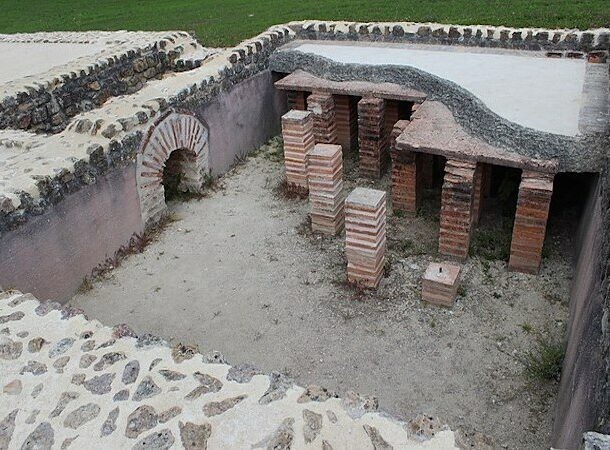
The ancient Romans invented central heating. They used various methods of heating buildings, including fireplaces, stoves and hypocaust. The hypocaust was a heating system in which a series of chimneys or ducts were used to circulate hot air under the floor of the building.
7. Halloween 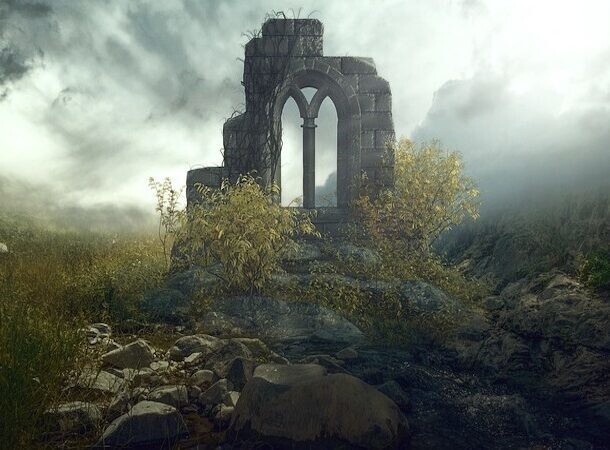
After conquering the Celts, the Romans invented Halloween. The Celts lived on territory of modern Ireland and some parts of Europe and celebrated Samhain on the evening of October 31st to mark the end of the harvest season and early winter. When the Romans later took over the Celtic lands, they adopted Halloween celebration: the Roman festival of Feralia, dedicated to the dead, took place around the same time as Samhain.
8. Grid plan of the city 
The Romans were innovators in urban planning. They are the first created city plans in the form of a grid, where the houses were beautiful neat rows. The Romans divided the city into quarters, and then built up the inner part of the quarters, erecting houses, shops and public buildings. This lattice planning has been used in such modern cities like Rome, Naples and Milan.
9. Roman arches 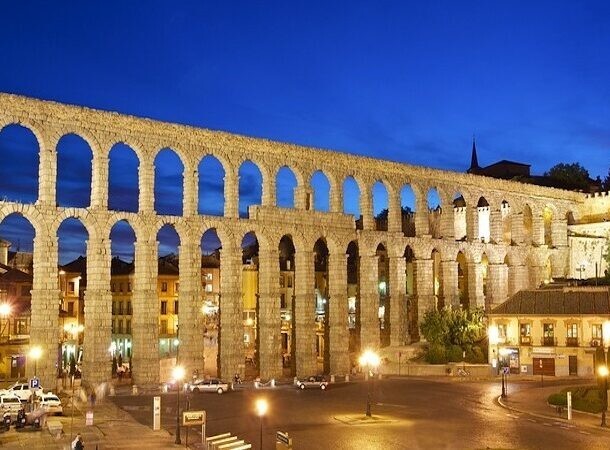
Roman arches were giant curved structures made of stone, capable of withstanding enormous weight. They could placed in open spaces without the need for additional support. The Romans used them for a wide variety of purposes such as construction of aqueducts and bridges, construction of entrances to public buildings. If you've seen a picture of the Colosseum, you've seen one of these arches. At this romethe Liang built them over 2000 years ago and they are still strong still.
10. Julian calendar 
The Julian calendar was created in 45 BC by Julius Caesar. At that time it was a real breakthrough: it was the first calendar with leap year, that is, every four years it added extra day to take into account the fact that the rotation of the Earth around The sun lasts a little longer than 365 days. True, most countries in the 16th century switched to the Gregorian calendar, which is more accurate calendar system.
11. Social projects 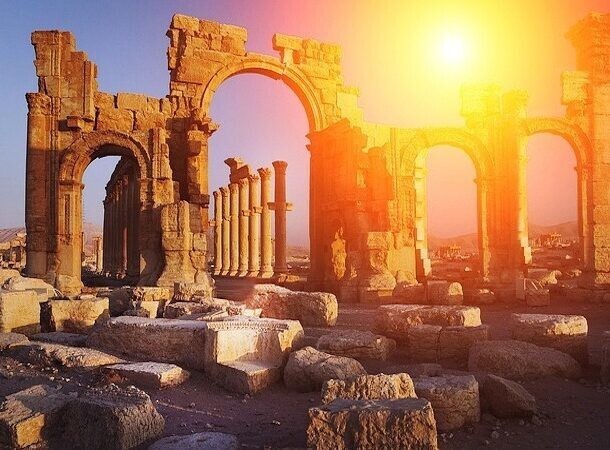
The Romans actively participated in social projects, beneficial to society. Public buildings were actively built in Rome objects, roads, aqueducts, public baths, amphitheaters and public buildings - to make life easier for citizens and to promote development of the Roman Empire.
12. Roman numerals 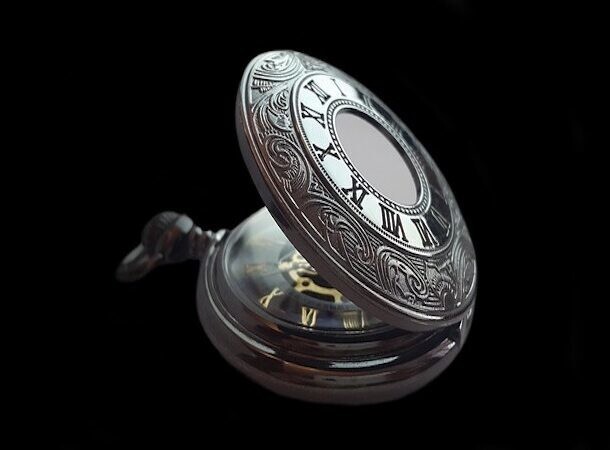
Here, as they say, no comment. Roman numerals today are actively used in various areas of our life.
13. Air conditioning 
The Romans, living in a hot climate, invented various ways to deal with heat in their homes and buildings, and although they did not invent air conditioning, but came close to it. They used water for air cooling, arranged ventilation for air circulation, created shading to block the sun's rays and used many more methods of free cooling, including building houses with thick walls and small windows to keep out the heat.
14. Benefits 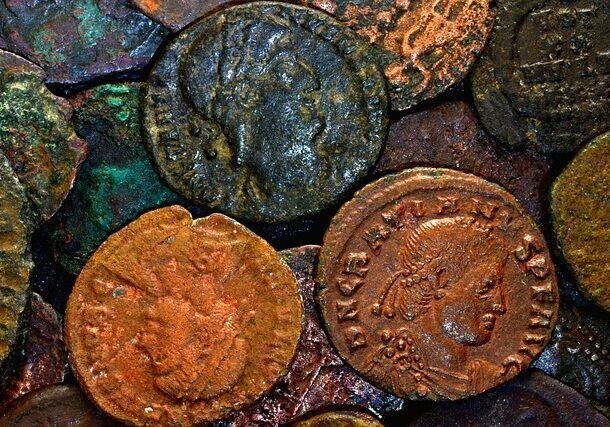
The ancient Roman system of benefits for the needy, known as "thesaurus", was created by Emperor Augustus in the 1st century BC. Thesaurus provided its recipients with various types of financial assistance, including food, clothing and money.
15. Glass blowing 
It was the Romans who introduced the world to the art of blowing glass. They adopted this skill from the Syrians. The Syrians have been blowing glass. Glassblowing has evolved over time, but even today it used to create a wide range of glass products including art glass, scientific instruments and everyday objects everyday life.
16. Dental fillings and bridges 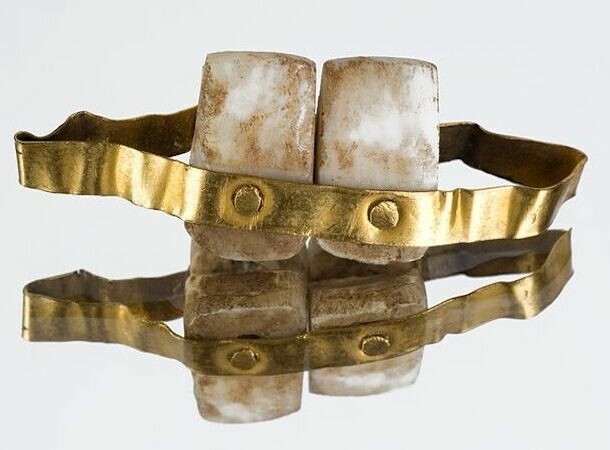
The Romans were the first to use dental fillings and other methods of treatment of teeth damaged by caries or trauma. They used a variety of materials to restore teeth, including gold, bronze and ivory. The Romans were the first to invent dental bridges. which were used to replace missing teeth and were attached to patient's remaining teeth with gold wire.
17. Post 
The Roman post office was established in the 1st century BC. Known as "cursus publicus", it was a system of roads and stations used to transport official mail and personal messages throughout the empire. The government used the system to communicate with officials and military leaders, and private individuals - to send letters and parcels.
18. Newspapers 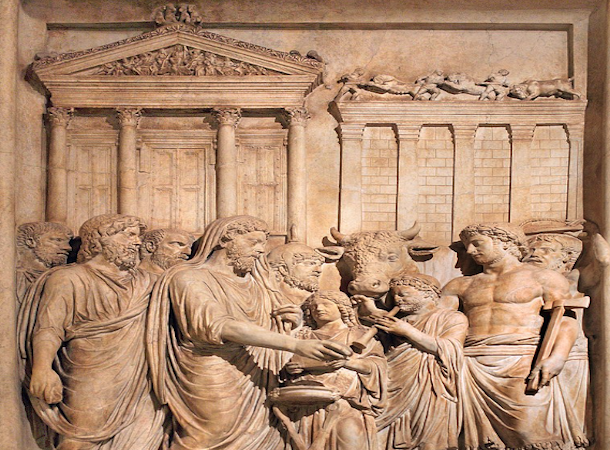
The Romans didn't know newspapers as we know them. Today. However, they had a system for disseminating information among population, similar to a newspaper. It was a public announcement system the name "acta". Advertisements were placed in public places such as as a forum, and the heralds read them aloud.
19. Apartments 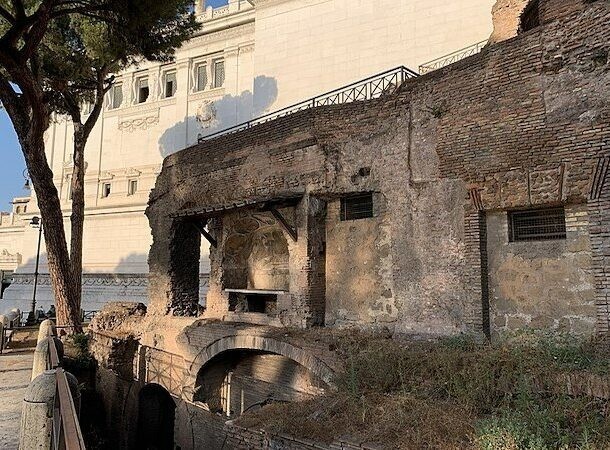
The concept of the apartment as a separate family or private space within the framework of common living quarters in an apartment building arose precisely in Rome.
20. Bound Books 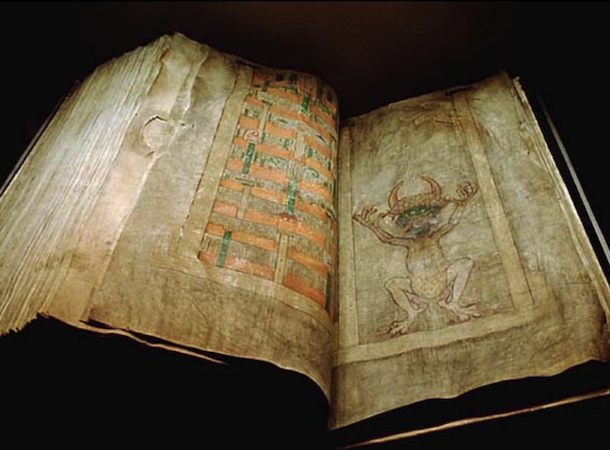
The ancient Romans are credited with inventing the bound book or "code". The codex was a practical and efficient way to store written documents and ensure easy access to them. It consisted of sheets of papyrus or parchment, whichpuffed and stitched together, forming a "spine" around the edge of the book. This made the process easier reading and searching for specific information. Before the development of the code written documents were usually kept in scrolls and were difficult to read and store. It was the Romans who created the modern concept of the book.
21. Glass 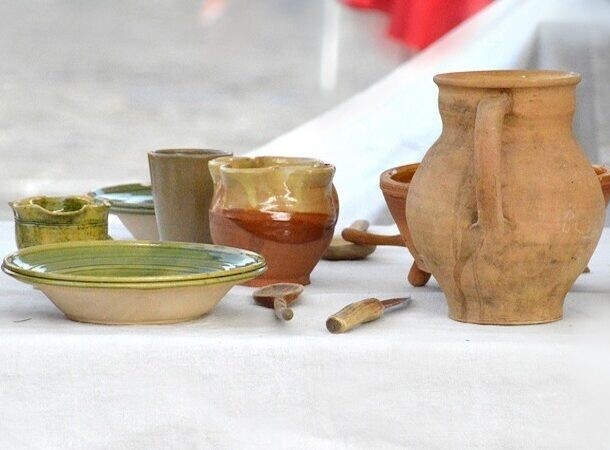
The Romans were the first civilization to start massively produce glass. It was used in windows, mirrors, to create decorative items. Glass is widely used today, and there the same as in ancient Rome.
22. Sewerage 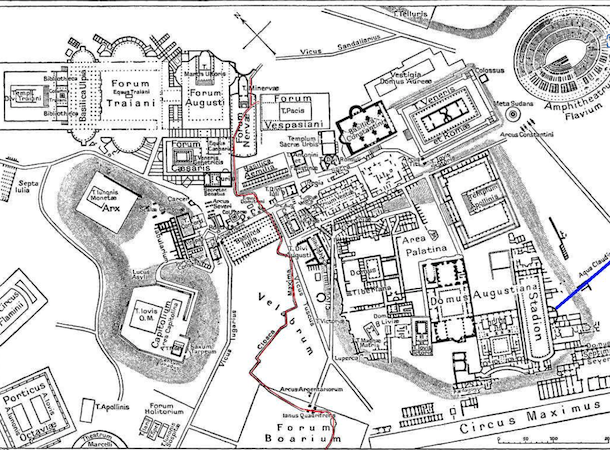
The Romans were the first in the world to create vast sewers. systems for removing waste from the city. It was like a network of underground canals built of clay, concrete and other materials. Usually the sewer system was covered with a vaulted ceiling to protect people from impurities.
23. Aqueduct 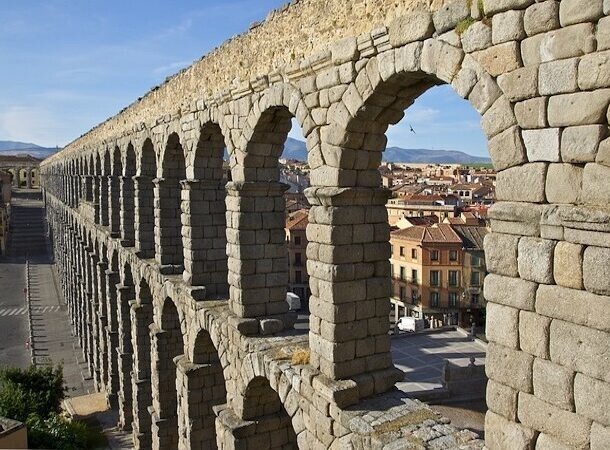
The Romans were the first creators of the prototypes of modern plumbing. They built elaborate waterways and aqueducts through which water was delivered to cities and towns. As a rule, aqueducts used the force of gravity to move water from one place to another. They have stood the test of time: some Roman aqueducts are still today are in working order.
24. Road construction 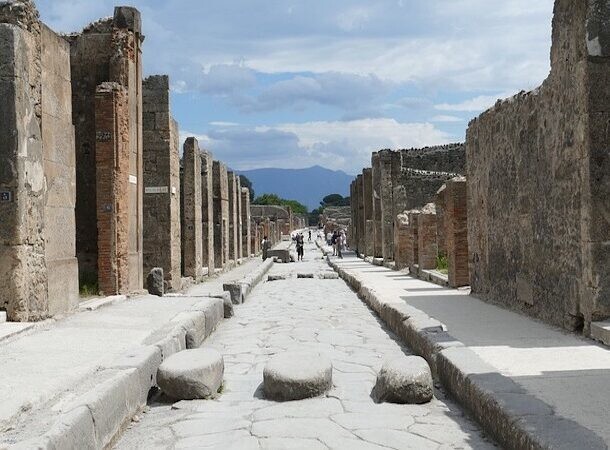
The Romans built an extensive network of roads throughout their empire. These roads were created using different materials, in including concrete, and were designed to last a very long time. The Romans also developed the concept of the roadbed, which is a base of crushed stone or gravel that supports the roadway Part.
25. Concrete 
The Romans were the first to use on an industrial scale concrete is a mixture of water and cement that hardens over time. The use of this material has revolutionized construction.





















